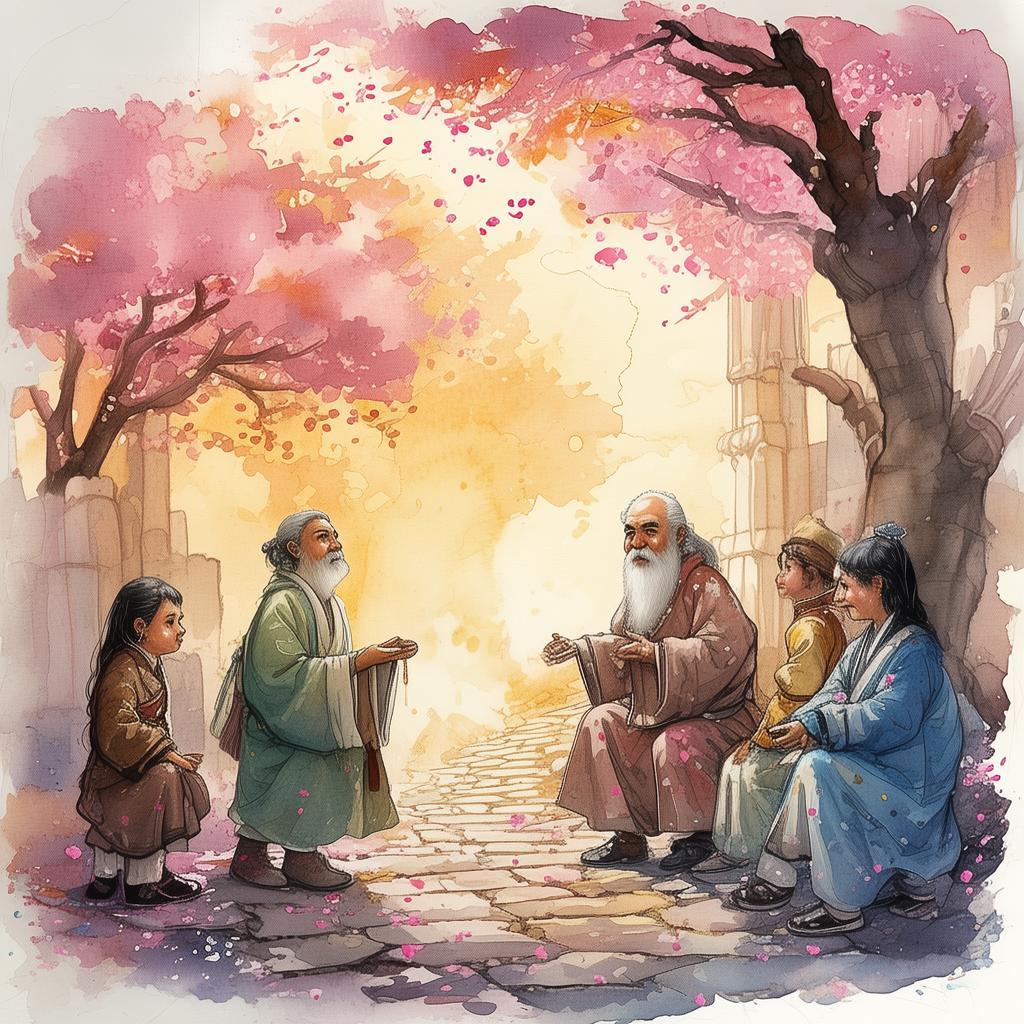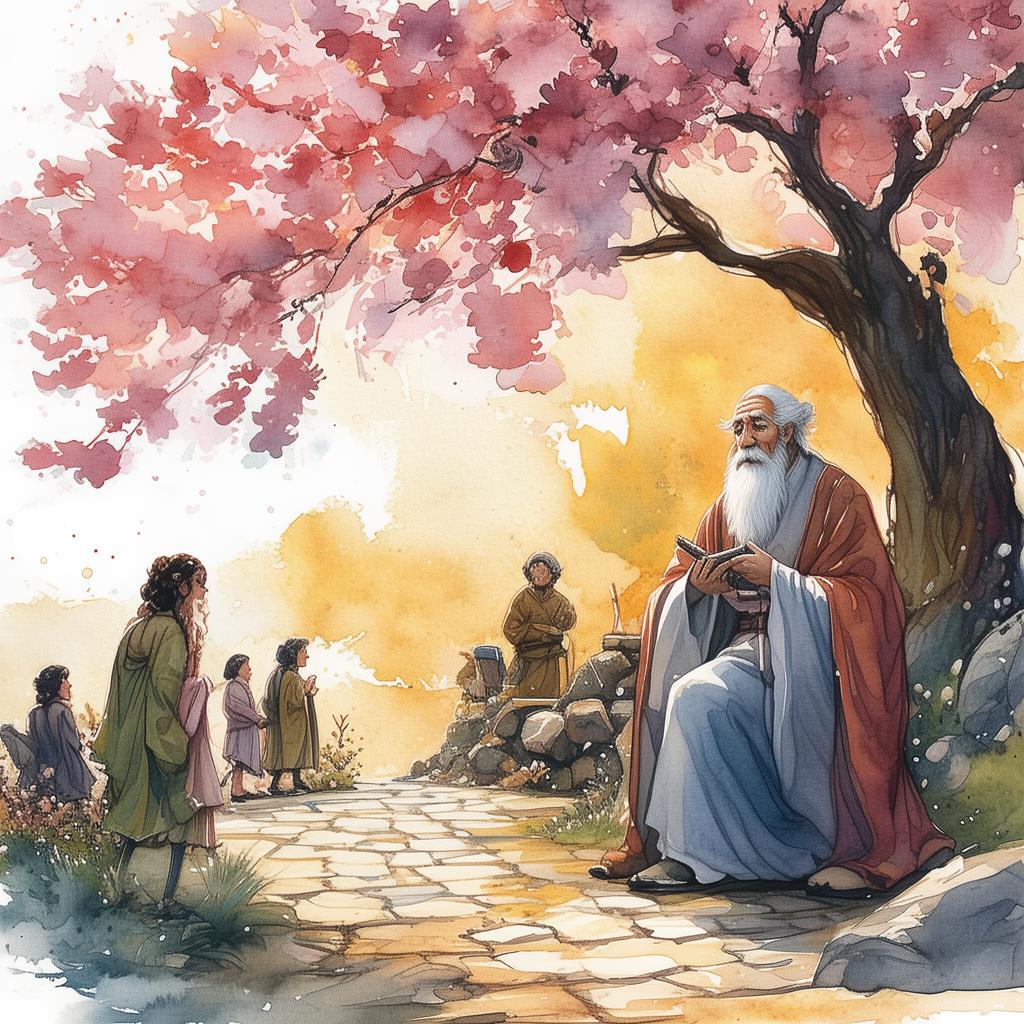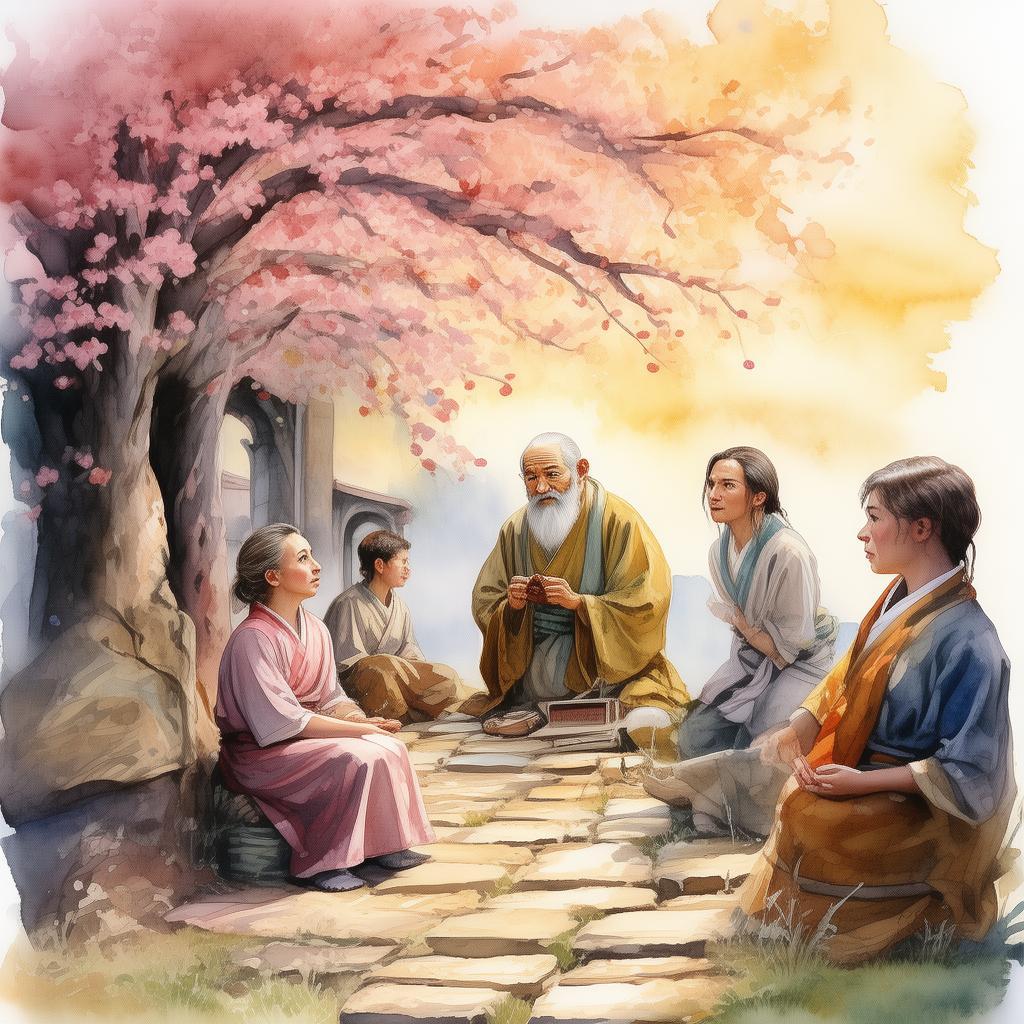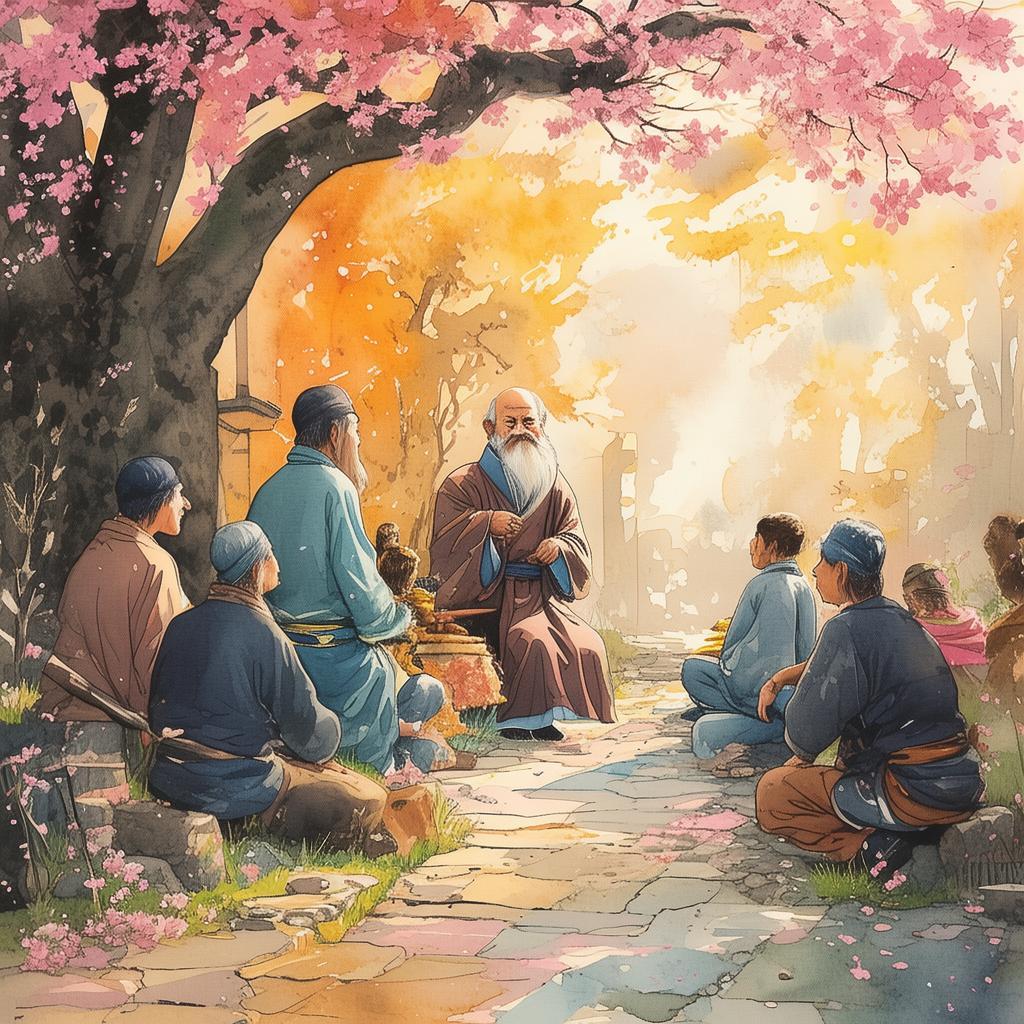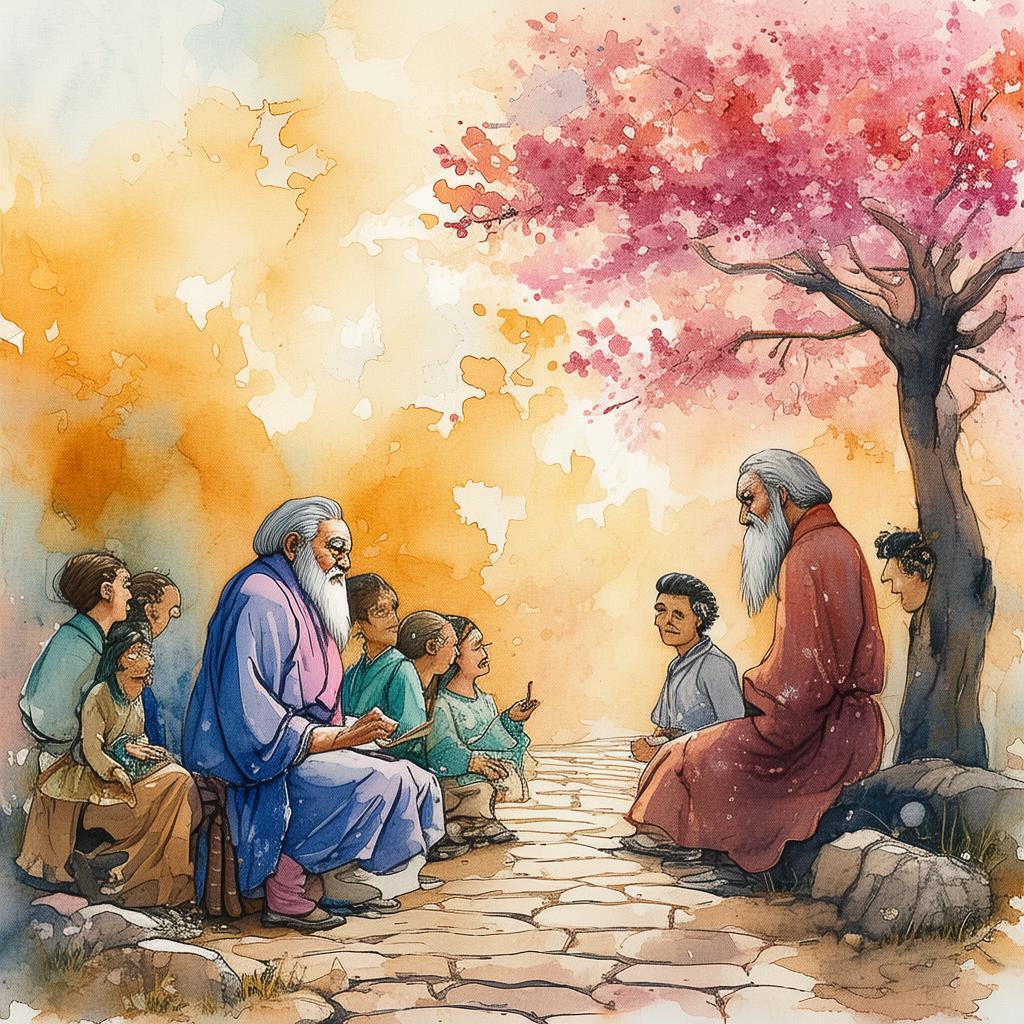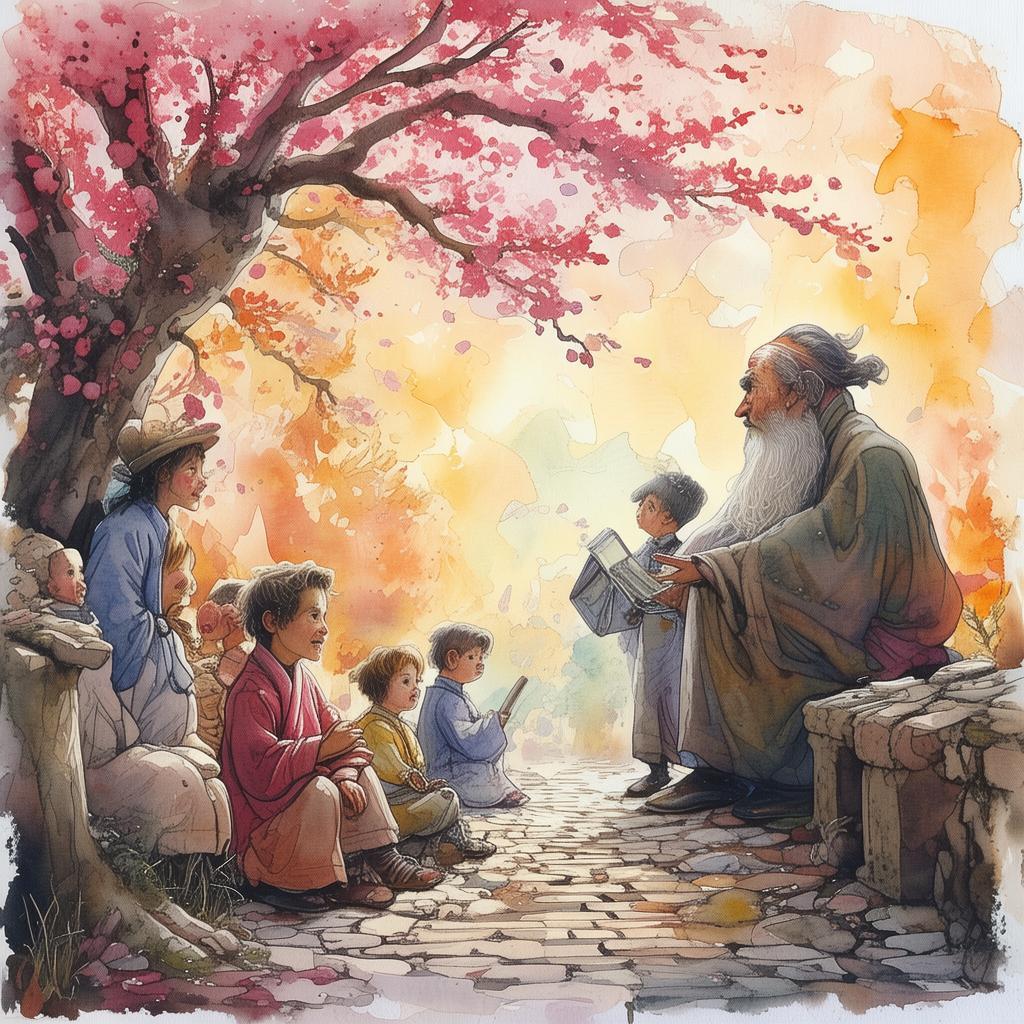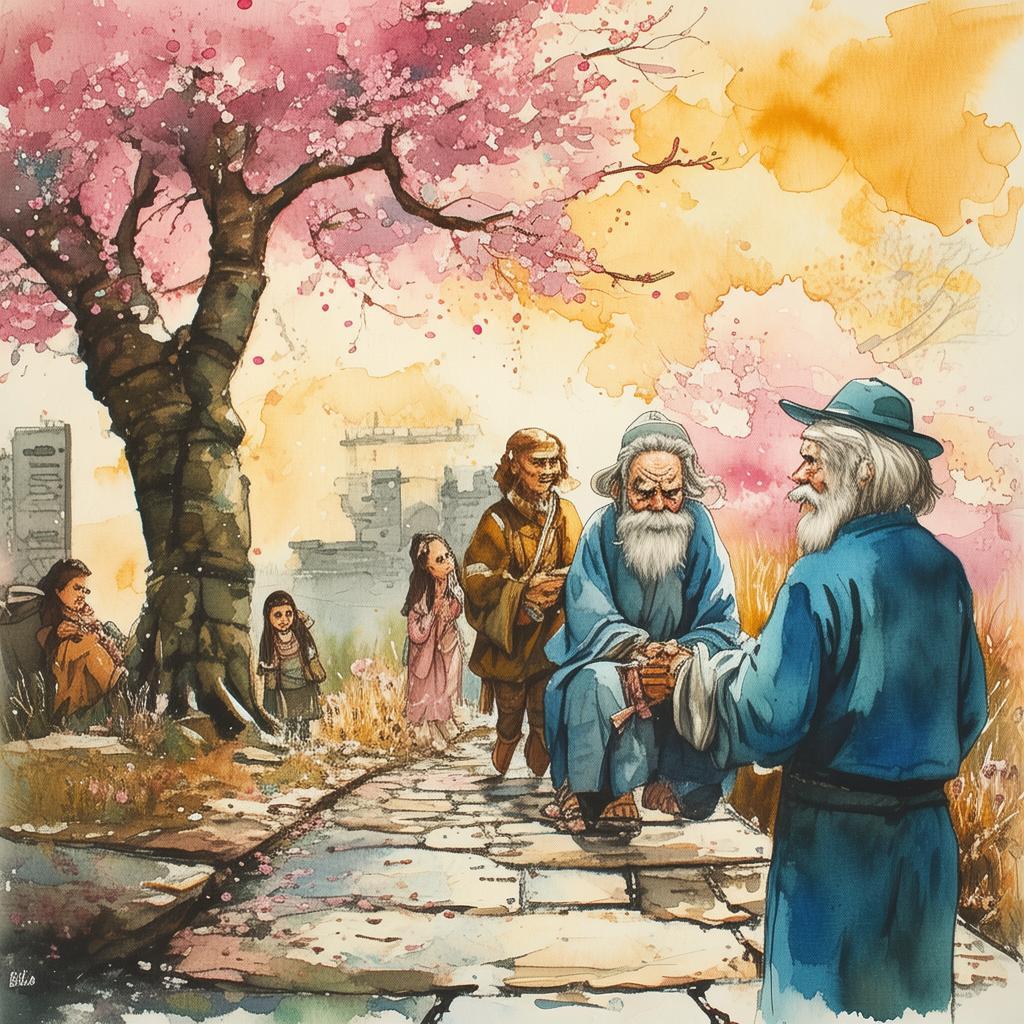Roof Rhythms and Rebellion: The Echo of the Rooftop Riff
In the shadow of towering skyscrapers, where the echoes of the city's pulse merged with the sounds of life, there lived a young man named Ming. Ming was not your typical urban dweller; he was a keeper of tradition, a maestro of the rooftop riff. His passion was not for the neon lights or the concrete jungle, but for the ancient melodies that danced on the breeze, the music of his ancestors that had been passed down through generations.
Ming's rooftop was a sanctuary, a place where the sounds of the city were transformed into a symphony of the soul. It was there that he would play his guzheng, a traditional Chinese zither, and his erhu, a two-stringed bowed instrument, blending the ancient with the modern, creating a unique sound that resonated with the urban heart.
The neighborhood, a melting pot of cultures, had always been a backdrop to Ming's performances. But as the city grew, so did the encroachment of modernity. Developers sought to flatten the old buildings, replacing them with towering structures that would silence the rooftop riffs and erase the cultural memories of the past.
One evening, as Ming played his heart out, a crowd gathered, drawn by the beauty of the music. Among them was a young woman named Li, a city planner who had grown up in the neighborhood. Li had seen the changes, the old being replaced by the new, and she felt a deep connection to Ming's music, a connection that ran deeper than the city's skyline.
"Your music is like a bridge," Li said, her voice barely above a whisper. "It connects us to our roots, to the past."
Ming smiled, his eyes twinkling with a mix of pride and sorrow. "It's the only thing left that can truly reflect who we are."
But the bridge was under threat. The developers had their plans, and Ming's rooftop was next on the list. Determined to save his sanctuary, Ming decided to fight back. He organized a rooftop music festival, inviting musicians from all over the city to join him in a celebration of tradition and culture.
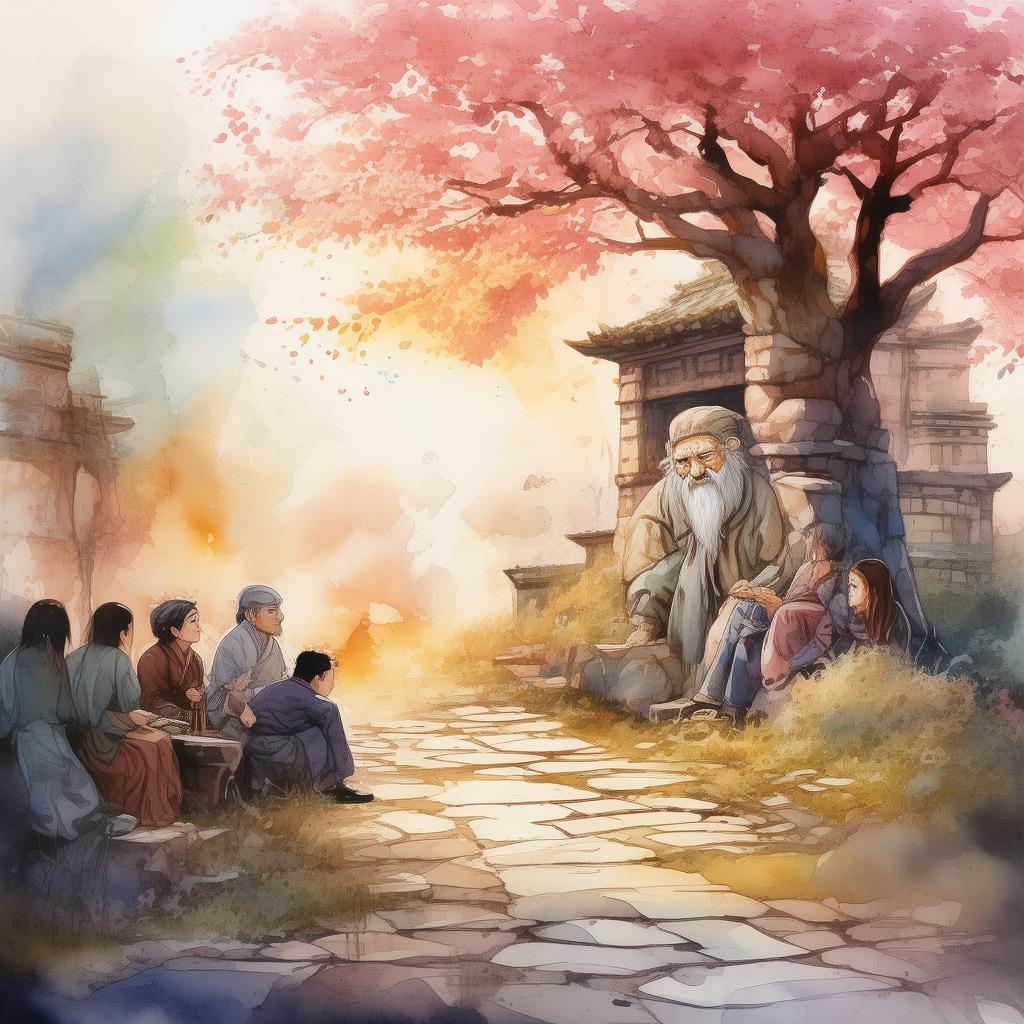
Word spread quickly, and soon the festival became a sensation. Musicians from different cultures came together, their instruments a tapestry of sounds that spoke of unity and diversity. The city's rooftops were alive with music, a chorus of voices that defied the encroaching modernity.
As the festival reached its crescendo, Ming took the stage. The crowd was silent, their eyes fixed on him. He began to play, the guzheng strings resonating with a force that seemed to challenge the very essence of the city's growth.
Then, Li stepped forward. "Ming, we need to talk," she said, her voice steady.
Ming set down his instrument and turned to her. "About what?"
Li took a deep breath. "The city can't keep growing without losing its soul. We need to find a way to preserve our heritage."
Ming nodded, understanding the gravity of her words. "We need to show the developers that our culture is worth preserving."
The festival continued, but the music took on a new significance. It was no longer just a celebration of music; it was a declaration of cultural identity. The developers, who had once seen the rooftops as obstacles to progress, now saw them as symbols of the city's rich heritage.
In the end, the developers agreed to preserve the historic buildings, and Ming's rooftop became a cultural center, a place where the music of the past and the innovation of the future could coexist.
Ming and Li stood on the rooftop, looking out over the city. The skyline had changed, but the music still played on. Ming's guzheng and erhu were silent now, but the echoes of the rooftop riff were still in the air, a reminder of the power of unity and the enduring spirit of the community.
The story of Ming and the rooftop music festival spread like wildfire, a testament to the power of culture and the resilience of the human spirit. It was a story that would be told for generations, a reminder that some things are worth fighting for, and that the music of the rooftops was more than just a sound—it was the heartbeat of a city.
✨ Original Statement ✨
All articles published on this website (including but not limited to text, images, videos, and other content) are original or authorized for reposting and are protected by relevant laws. Without the explicit written permission of this website, no individual or organization may copy, modify, repost, or use the content for commercial purposes.
If you need to quote or cooperate, please contact this site for authorization. We reserve the right to pursue legal responsibility for any unauthorized use.
Hereby declared.
